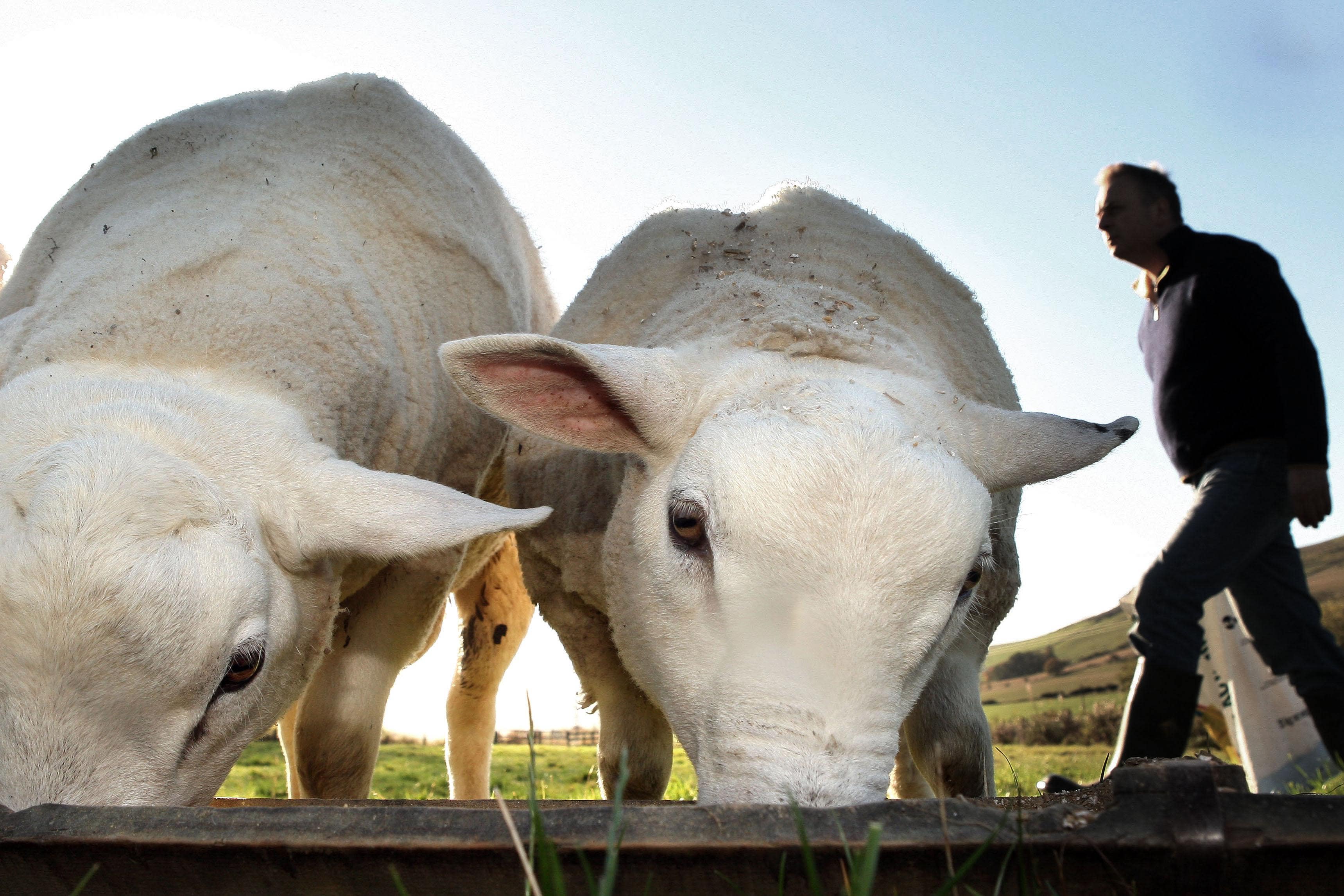Sites near hospitals considered for foot and mouth carcasses, files show
Thousands of animals were slaughtered in Northern Ireland during the crisis in 2001.

Your support helps us to tell the story
From reproductive rights to climate change to Big Tech, The Independent is on the ground when the story is developing. Whether it's investigating the financials of Elon Musk's pro-Trump PAC or producing our latest documentary, 'The A Word', which shines a light on the American women fighting for reproductive rights, we know how important it is to parse out the facts from the messaging.
At such a critical moment in US history, we need reporters on the ground. Your donation allows us to keep sending journalists to speak to both sides of the story.
The Independent is trusted by Americans across the entire political spectrum. And unlike many other quality news outlets, we choose not to lock Americans out of our reporting and analysis with paywalls. We believe quality journalism should be available to everyone, paid for by those who can afford it.
Your support makes all the difference.Sites close to Downshire and Muckamore hospitals were considered for the burial of animal carcasses at the height of the foot and mouth disease crisis, it has been revealed.
Only one case was confirmed in Northern Ireland but disease control had a major impact, halting animal exports and stopping some sport and community events in 2001.
Thousands of animals were slaughtered for disease control purposes including 5,000 cattle, 42,400 sheep and 3,600 pigs by May 14 2001, accordingly to a previously secret Office of the First Minister and deputy First Minister file.
Officials from across several departments were tasked to develop contingency planning for the safe disposal of animal carcasses.
It was advised that carcasses should be disposed of within three days before significant decomposition occurs.
I would suggest that the public perception of burying potentially diseased animals near hospitals, nursing homes etc would be very negative
In the case of a clinic outbreak of foot and mouth disease, the preferred method of disposal was said to be burning the remains of infected animals and burying the ashes to minimise risk of disease transmission.
However, the risk of air and water pollution, and potential deposits on crops which could enter the food chain, were noted.
Officials were asked to consider the option of burial as a significant part of any strategy.
Five existing landfill sites were identified as having potential to receive animal carcasses that were not infected.
It was warned that “careful media handling” would be needed as “the issue will become very sensitive and there is potential for considerable opposition that could become highly political”.
Another memo in the file details how the Health Estates Agency identified two possible areas of land, larger than five acres, for the disposal of animals.
These were an area close to Downshire Hospital and an area close to Muckamore Abbey Hospital.
“In both cases these areas of land adjoin health and social services facilities. I recognise that the burial of animals near health facilities represents a very low health risk to health workers and service users,” an official wrote in an email dated April 20 2001.
“However, I would suggest that the public perception of burying potentially diseased animals near hospitals, nursing homes etc would be very negative.
“In addition, physically disposing the carcasses could lead to some disruption of the delivery of health and social services. Consequently I would recommend that these areas of land are only considered as ‘last resort’.”